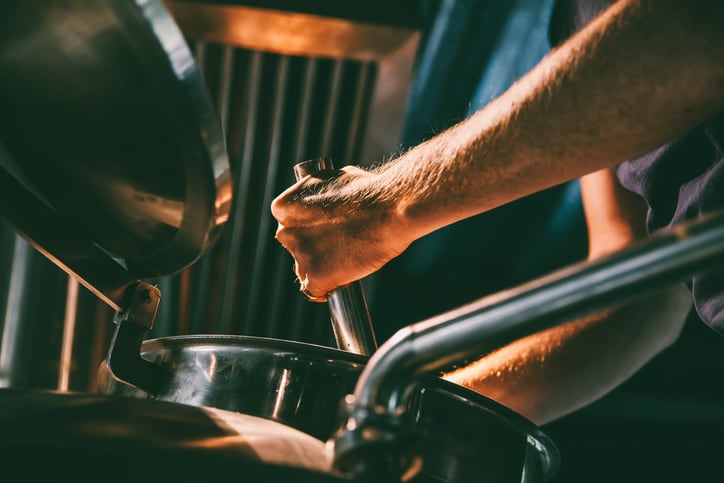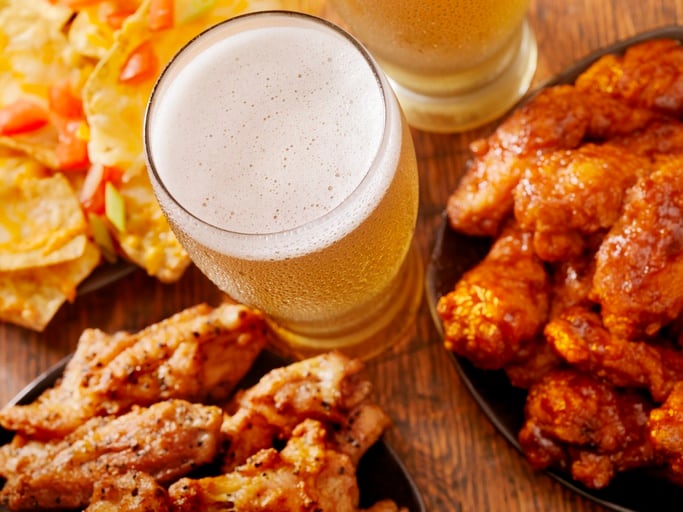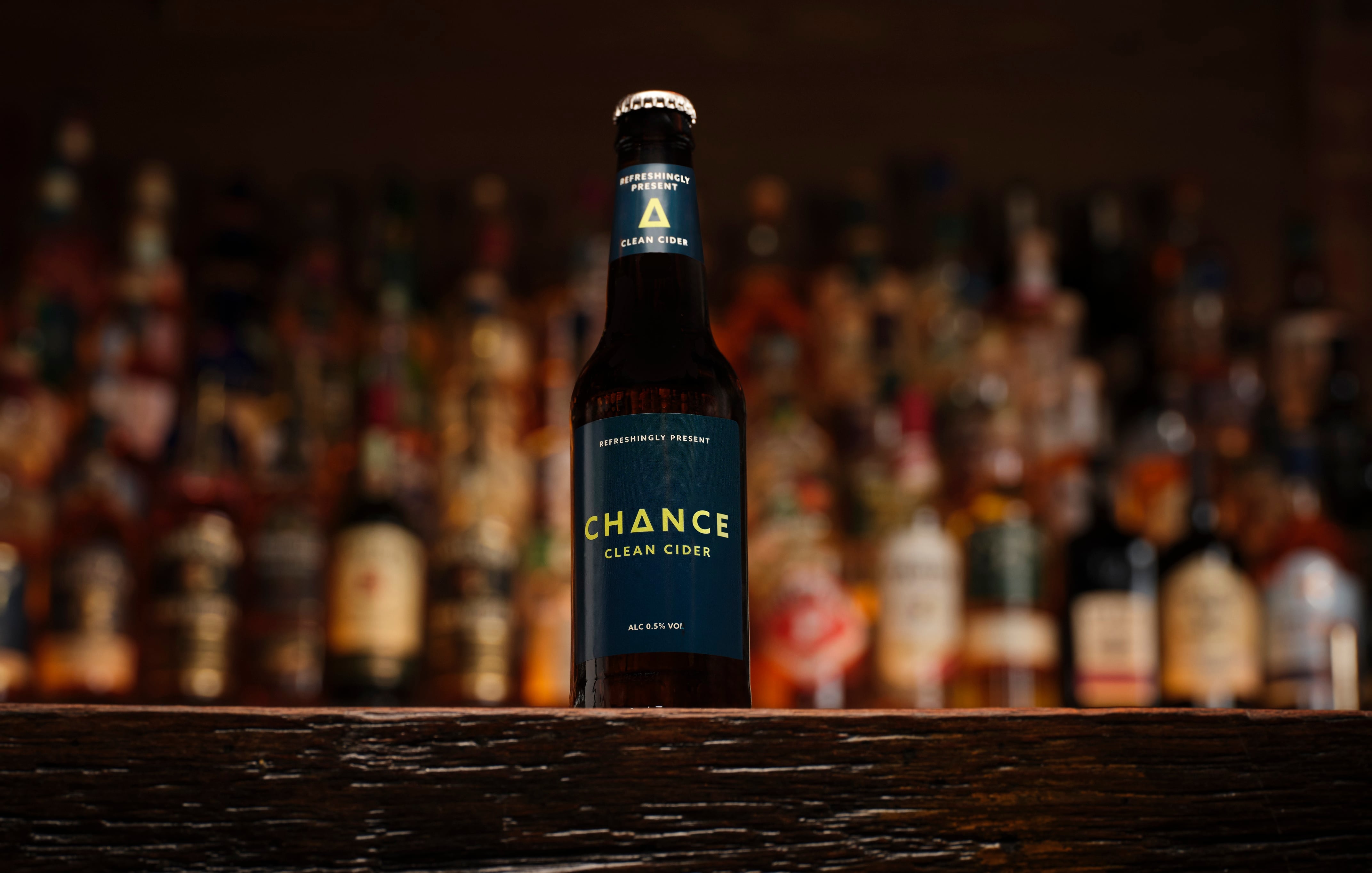Beer is one of the oldest and most widely consumed alcoholic beverages in the world, with a rich tapestry of history and culture that dates back thousands of years. As agriculture developed, so did the craft of brewing, leading to the diverse array of styles and flavors we enjoy today.
At its core, beer is made from four primary ingredients: water, malted grains (typically barley), hops, and yeast. Each of these components contributes to the beverage’s distinct characteristics.
The brewing process has evolved significantly over the centuries, with countless innovations and techniques. Today, craft breweries and large-scale producers alike experiment with various styles, ingredients, and methods, resulting in an explosion of flavors and varieties.
But the last few years have been difficult for the beer category. In the US, beer volumes declined 3.5% in the first six months of 2024: illustrating the challenges the category faces. Brewers face increased costs, inflation, supply chain challenges, and competition from other beverage categories – both within alcohol, and from non-alcoholic categories with some consumers simply choosing to drink less altogether.
And yet – if brewers can identify the right trends and tap into these - there’s still plenty of opportunity for growth.
Craft beer
Craft beer once enjoyed meteoric growth rates: the picture today is less rosy. However, the sector still punches above its weight against the total beer industry.
In 2023, the industry produced 23.4 million barrels of beer, a decline of 1% from 2022, according to the latest stats from the Brewers Association. However, this volume loss has to be taken in context of the overall beer industry, which declined 5.1%: meaning craft beer effectively increased its market share to 13.3%.
And the number of breweries in the US continues to edge up: with 9,761 in the US in 2023 (up from 9,675 the year before).

But what is a craft beer, anyway? The Brewers Association defines a craft brewer as one that is small (annual production of 6 million barrels of beer or less) and independent (less than 25% of the brewery is owned or controlled by a beverage alcohol industry member that is not itself a craft brewer. A craft beer itself can be any innovations from these brewers – exploring ingredients, flavors, quality and more.
Sustainability
Consumers want to see brands that prize environmental responsibility – particularly when it comes to craft and artisan producers.
For a brewers, that covers many areas. It starts with how and where raw materials are sourced. Using local materials is becoming more and more important.

Then there’s the production process used to make the beer – energy efficiencies and water savings are top priorities. And finally, there’s the decision on what to package the product in.
Breweries are most likely to find their most loyal followers are the ones local to them: as well as taking a priority in local produce, consumers are thinking more about food miles and farm to fork.
Beer is essentially all about natural ingredients – and that’s something brewers can emphasize more, learning from wine and highlighting its connections to agriculture, farming and the growers behind the ingredients.
Brewed from just four basic materials – hops, barley (or other grains), yeast and water – beer can be generally considered as a ‘clean label’ product. That’s in stark contrast to many of the sugary, artificial RTD alcohol drinks now flooding the market.
Alcohol-free
Beer is revamping its image. Once associated with heavy drinkers and beer guts, the category is now honing in on where it meets consumer trends. And one of those is the trend for moderation.
Alcohol-free beers are booming. While a firm fixture in European countries such as Germany for decades, their popularity has now gone global. It’s the most mature of the alcohol-free categories: with relatively good availability of quality products and a raft of choice. In fact, most major beer brands now have launched an alcohol-free version: helping drive credibility and acceptability of the category.
In the US, alcohol-free drinks rose 29% in 2023 (versus 2022), with 81% of that in the beer/cider category.
And alcohol-free beers are also tapping into another dimension of beer that’s been undervalued: its isotonic properties (Germany’s Olympic team even turned to non-alcoholic, isotonic beer as their drink of choice).
And several beers are tapping into these isotonic properties and presenting themselves as a post-sport choice for athletes and active types.

Meanwhile, session beers are a great compromise for people who want a lower-alcohol brew: refreshing options with easy drinkability than can be enjoyed at longer soirees or afternoon events.
Innovative flavors and ingredients
Matcha beer? Yuzu lager? Licorice stout? The sky’s the limit when it comes to experimenting with unconventional ingredients: from fruits and spices to tea and coffee.
Exotic hops can create unique flavor profiles, as can barrel aging techniques. Sour beers, hazy IPAs and wild ales are all thriving.

Across the F&B world, consumers are looking for new experiences and ideas that push the envelope. Limited edition brews keep loyal beer fans engaged, excited and curious about the category.
Collaboration brews
Collaborations can be between breweries, chefs, local businesses, celebs or more. They help breweries share ideas and promote innovation: as well as creating limited edition offers to surprise fans.
But collaborations can also have a higher goal. Brooklyn Brewery is using a series of collaborations this year to promote the West African grain fonio as a more sustainable option for brewing: teaming up with brewers from around the world including Carlsberg, Guinness and more.

Regional styles revived
Czech Pilsners, Europe’s Trappist Ales, Belgian Sainsons, German Weissbier. The beer category has long boasted interesting and unique beer styles, each with their own history and traditions.

But as breweries and consumers celebrate local heritage and history, expect to see a revival of lesser-known beer styles.
The fortunes of the beer category as a whole are highly regional: and expect this to play out further with different regions championing different styles based on local ingredients.
Enhanced experiences
Craft brewers have already proved that taprooms and brewpubs are a hit with consumers: giving them the chance to explore new brews and engage with the brand. And these consumers want to keep learning.
Beer pairings, tastings and other events all give people more than just a brew: they give them an experience. Serving up food and culinary experiences is another opportunity. Breweries also have a chance to turn their venues into social spaces and community hubs.





